The different types of climbing
- Alessia Masciocchi
- Mar 20
- 3 min read
Hello beauties!
In this article, I would like to respond to a message from a dear friend who wants to understand what I'm talking about when I say "I'm going climbing to do x, y, z...".
This might also be useful for those who would like to get ideas for different types of climbing from their usual ones.
Happy reading!

Bouldering
This is a type of climbing that does not require ropes but uses crash pads that serve to cushion falls. You climb boulders with heights of about 4-5 meters, up to 8-10 meters for highballs. This type of climbing requires strength, technique, and concentration to be used at your maximum potential in just a few movements.
Sport Climbing
Climbing on a cliff or "rock gym," where ropes and quickdraws are used to move on routes from 10 to 50 meters in length. Here, greater endurance is required, along with the use of technique to moderate the loss of energy.
Multi-pitch Sport Routes
Here too, ropes and quickdraws are used. Usually, half ropes are preferred (that is, two ropes to be used together). Concentration is required, especially at the belay stations, which are usually equipped with bolts and anchors. Some routes require rappelling with a double rope – thus descending down the rock face – others have paths to return to the base.
Traditional Climbing (Trad)
In this case, we're talking about a type of climbing that requires, in addition to physical skills and great endurance, the ability to use specific equipment (like cams and nuts, mobile protections), as well as reading the rock and placing protections. The routes are partially equipped, others are not at all, which entails greater risk and complexity.
Big Wall Climbing
We come to talk about the type of outdoor climbing that requires the most endurance, specific equipment, and the ability to bivouac on the wall. Have you ever heard of El Capitan? It's a Big Wall in Yosemite National Park (USA), perhaps the most famous of all. The time required can be two or more days, as you climb a lot and expend a lot of energy, also considering that the rest you get bivouacking on the wall is relative.
Indoor Climbing
In a controlled and safe environment, covered with mats, you can train on artificial holds. Here too we're talking about contained heights, maximum 5-6 meters. It's an ideal place both for training for outdoor sessions and for learning from scratch. There are different types of problems and different difficulties, which often follow a scale of colours.
Single-Pitch Routes
This is also a controlled and safe environment, where you can often find experts as gym supervisors who check that everything is done rigorously. Here too, the walls are made with artificial holds and are both of different types (slab, vertical, slightly overhanging, overhanging, overhanging with roof, dihedral, and so on) and of various difficulties, expressed by a number from 3 to 9 combined with a letter between a, b, or c, and a + in case it's halfway between two grades. In this case, too, it's an excellent ground for learning and training.
Speed Climbing
I find myself talking about an Olympic specialty that I find completely beyond my reach. Just imagine the goal: to climb a standardized route in the shortest possible time. Being a discipline in which practically only speed counts, you can well imagine that the training is targeted and the technique is specific.
Ice and Mixed Climbing
Ice Climbing
You climb frozen waterfalls using ice axes and crampons, as well as other specific equipment to perform manoeuvres or work the ice (e.g., ice screws). Let's hope that global warming is merciful for a while longer, both with those who practice this discipline and also with those who – like me – would like to approach it.
Mixed Climbing
In this type of climbing, the predominant terrain is a combination of rock and ice that make the discipline very technical and challenging. Here too, there are specific techniques and tools.
Let's go to the crazy: Free Solo
Free solo consists of climbing without using any type of protection: you expose yourself to a very high risk and need to be constantly focused. It is practiced by very few experienced climbers who have reached a technique and mental maturity that allow them not to fall (or at least one hopes, they are indeed very few).ge).
Deep Water Soloing (DWS)
This type of climbing, like the previous one, does not use any type of protection, unless you count the lake or sea in which you find yourself. You climb these beautiful cliffs, of various heights, to then dive into the water.












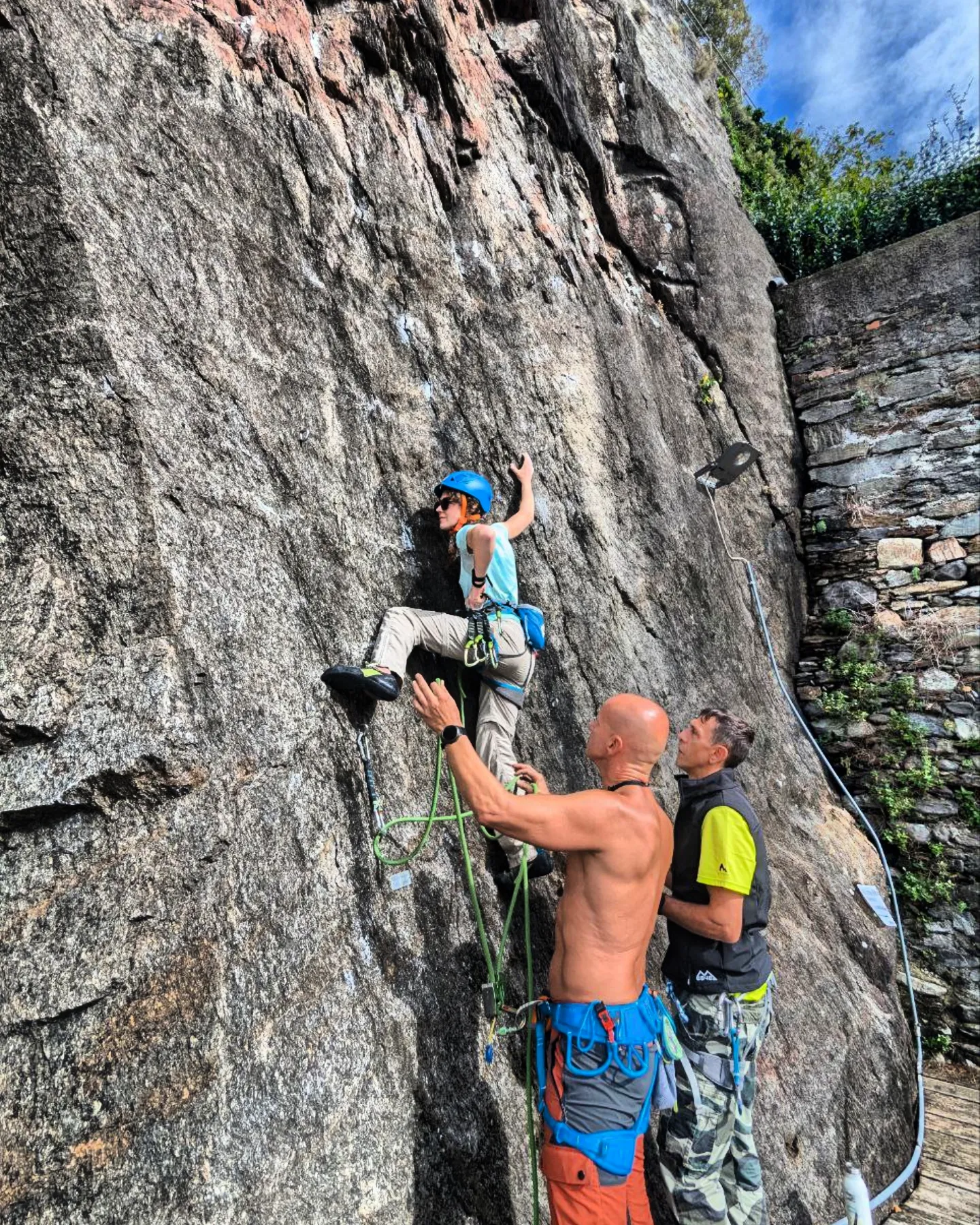











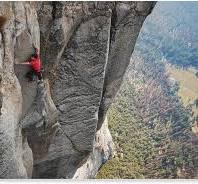
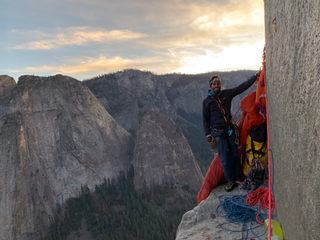





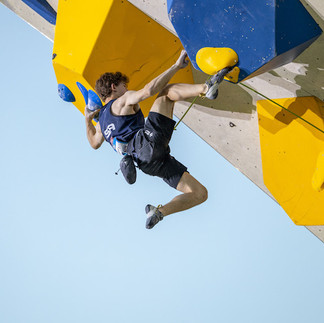
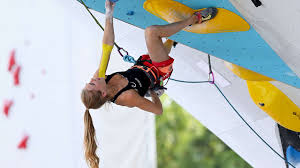

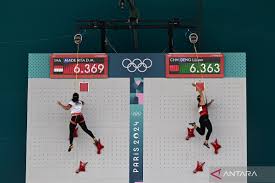



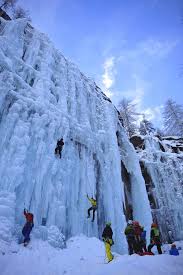
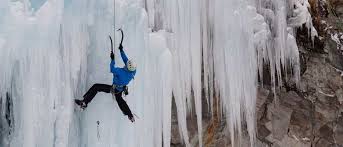


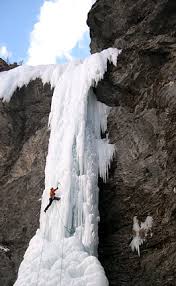

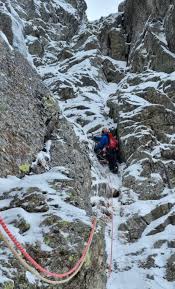



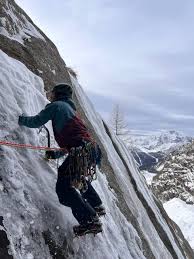





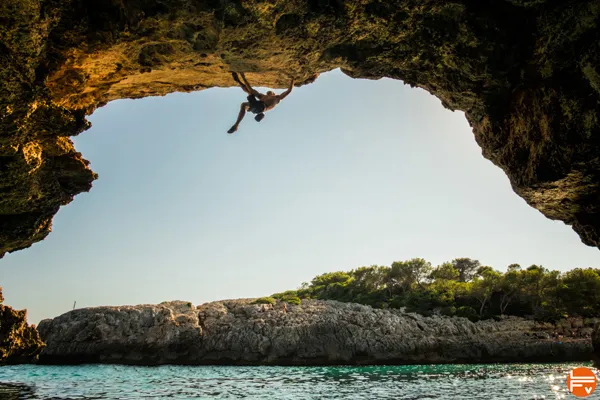


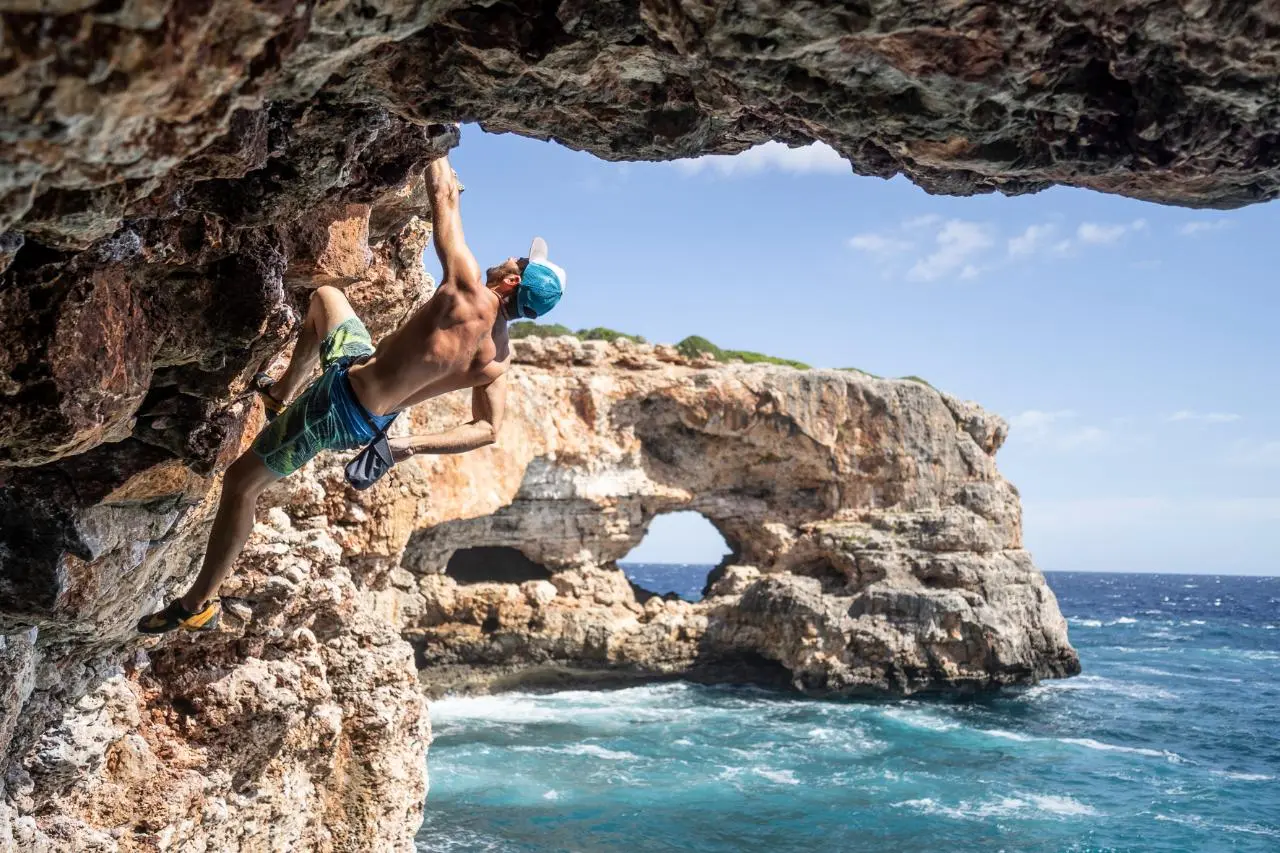
Comentarios